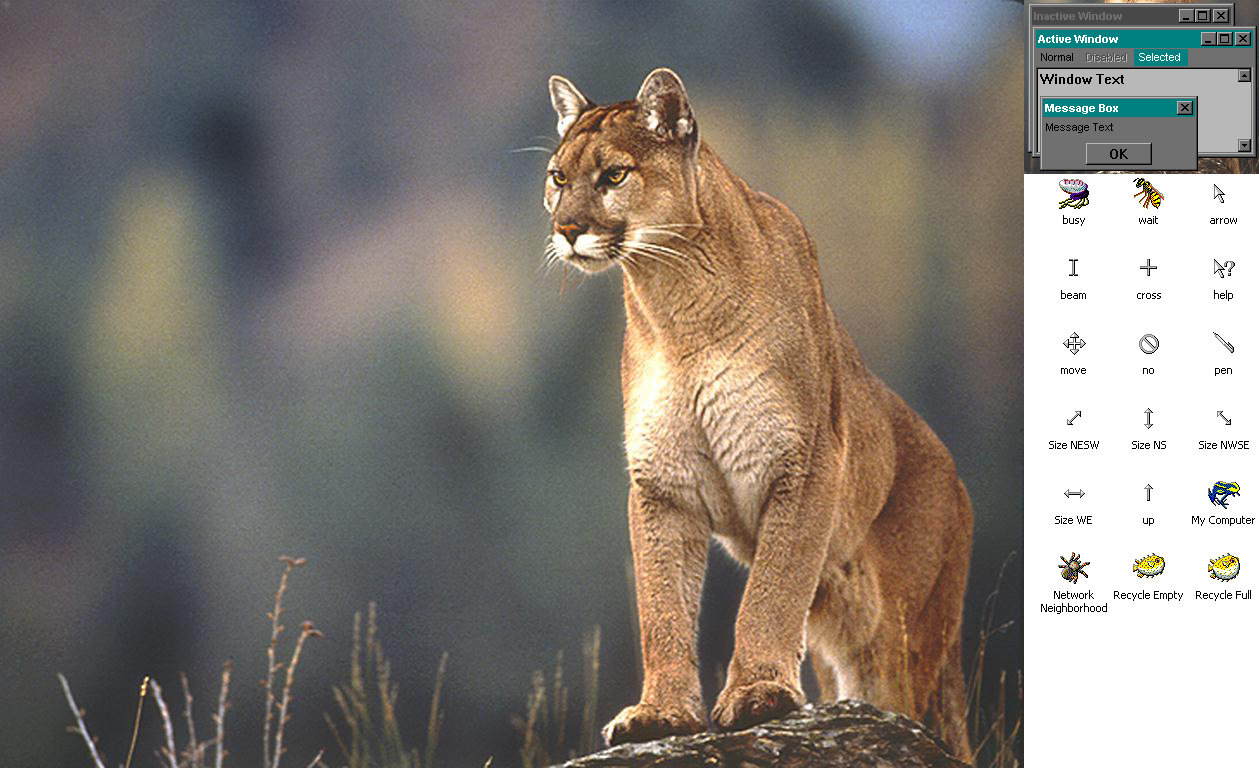Are you Shifty sure that those primary school colours and the 16 bit format aren't the same formats used in a lot of games featuring characters and celebrities that all the twelve year old girls are nuts about?I can't believe I'm having this conversation. Laa-Yosh, when a developer picks a 16 bit FB, does that lock them out of the majority of colours available? Does an artist end up only having a limited range of colours to pick from, only low-key browns and greys? No. They lose colour fidelity, but not colour range. So choosing 16 bit doesn't affect the choice of colours and vice versa, so wanting to save resources by going 16 bit FBs isn't going to require a limited colour palette.
Yes, someone could choose a 16 bit FB format, but they can go primary school colours with that or psychedelic or true-to-life or next-gen brown. The colour aesthetic isn't compromised at all in any way whatsoever - it'll just be dithered or posterized. As per the OP and the question being asked. Not "does lower colour fidelity have performance savings?" but "does a limited palette?"
Or maybe all games just look alike?
Well, seriously, a 65.536 palette is a lot of colour so you can go psychedelic, like you say, but it seems to be something more going on at the framebuffer level because the same 256 colour image -like the beautiful lioness in Windows 95 theme, which was described as a 256 colours photo-....

when you set the desktop to 32 bit Colour, looked A LOT better to me.
By the way, this image brings me SERIOUS NOSTALGIA of the initial days I purchased my first PC, back in September 1995.
Pretty much like you told me once about 2D games like Age of Empires and the increased Field of Vision when you go from, for instance, 800x600 to 1024x768, or from 1024x768 to 1280x1024, which doesn't happen in 3D engines and games, perhaps it's just something that doesn't affect the image for 3D formats, but time ago when 2D consoles SNES, Neo Geo and Megadrive came out, the richer the colour palette the more powerful the console, meaning that the addition of a more varied amount of colours affected the performance.
Also the very few 3D games like Starfox for the SNES and Virtua Racing (Megadrive) looked extremely drab.
Also I don't know if it was due to the 2D format but I always loved how adventures like Broken Sword looked and always dreamt about seeing 3D games like that someday, which never happened until not much time ago, because the colours weren't as vibrant.

